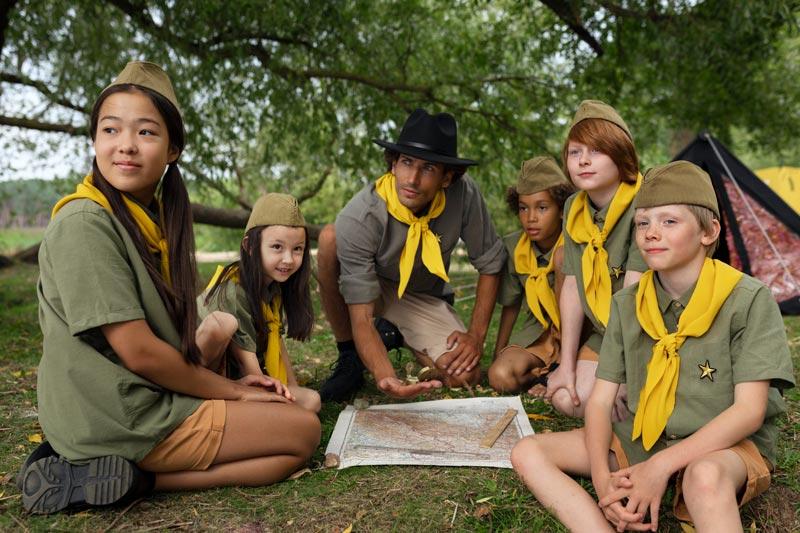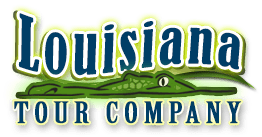School Group Adventures: Learning Louisiana Ecology Up-Close

Bringing a school group into the Louisiana swamp isn’t just about spotting an alligator and calling it a day. Although, let’s be honest, if an alligator does pop up, it becomes the main character of the field trip faster than you can say “extra credit.” But there’s a whole lot more going on beneath the surface — literally and educationally — and that’s exactly why swamp tours have become a favorite for teachers looking to bring the classroom into the wild.
Hosting students in the wetlands is a chance to make science feel real. They may start off with a worksheet in hand, but by the time the tour ends, they’ve seen the ecology they’ve only read about in textbooks — up close, in all its muddy, moss-draped glory. This is hands-on learning without the lab goggles.
Where Science and Cypress Trees Meet
A Louisiana swamp isn’t just a swamp — it’s a living, breathing, occasionally croaking ecosystem. It’s also a ready-made classroom, minus the fluorescent lights and uncomfortable chairs. Out here, the blackboard is the waterline, the chalk is the Spanish moss, and every ripple could be something worth pointing at.
Science teachers love these tours because they’re packed with teachable moments. Food chains? We’ve got those. Invasive species? Ask the nutria. Photosynthesis? Just look at the bald cypress soaking up the sun. Even climate change makes an appearance in the form of disappearing wetlands and rising saltwater lines — a sobering topic, but a critical one.
Middle schoolers can connect the dots between predator and prey. High school students might debate the ethics of marshland restoration or dig into the data behind erosion maps. And everyone, regardless of age, walks away with a little more understanding (and probably a story or two about the bird that got too close to the boat).
The Wildlife Is Not on a Schedule — But It Does Show Up
One thing about swamp wildlife — it doesn’t follow a bell schedule. It comes and goes on its own time. But that’s part of the magic. Alligators, turtles, egrets, herons, raccoons, owls — they’ve all made appearances on tours, sometimes in dramatic fashion, sometimes just chilling like locals at a Sunday crawfish boil.
And while we can’t guarantee what will show up on any given day (they don’t clock in with HR), we can guarantee students will learn how these animals fit into the bigger picture — how they interact with the environment, what they eat, where they hide, and why some of them should never be poked with a stick.
Getting Down to the Muddy Details of Ecosystem Education
The ecological education out here isn’t just visual — it’s immersive. Students learn how sediment builds land (or erodes it away), how roots help keep everything from floating off, and how even the “yucky stuff” like decomposing leaves serves a critical purpose.
They’ll hear about the dangers of saltwater intrusion and see firsthand what it looks like when plant life dies off because the salinity’s out of whack. They’ll discover that the swamp is more than just a scenic backdrop — it’s a protective buffer for the coast, a filter for water, and a home to more species than you can count without running out of fingers.
And yes, they’ll probably step off the boat with a new appreciation for waterproof shoes.
Field Trips That Actually Flow (Like the Bayou)
Logistically, school group swamp tours are designed to keep things smooth and stress-free. Groups are welcomed with boats that can fit plenty of students, chaperones, backpacks, and even a few oversized lunch coolers if needed. Each vessel is covered (in case the weather pulls a Louisiana surprise), and captains know how to navigate both the waterways and a boat full of curious middle schoolers with questions about alligators.
Everything is scheduled with schools in mind — from departure times to restroom access. And for those groups who bring along students with mobility considerations, ADA-accessible options are part of the plan. The goal is simple: make the tour educational, memorable, and logistically manageable without requiring teachers to transform into event planners.
Why Students Remember This Kind of Learning
Here’s the thing about field trips in the swamp: students remember them. Years later, they may forget the page number for Chapter 7 in their science book, but they won’t forget the time they saw an osprey grab a fish midair or the story about how cypress trees breathe through their knees. Yes, trees have knees — that one always gets a reaction.
They’ll remember the way the air smelled, how the water moved, and what it felt like to be somewhere that didn’t have four walls and a ceiling. For some, it’s the first time experiencing nature on this scale. For others, it’s a chance to see familiar territory through new eyes.
It’s education wrapped in adventure. The lessons stick not because they were memorized, but because they were experienced.
Final Thoughts from the Guy Who Drives the Boat
Running school group swamp tours isn’t just about pointing out wildlife. It’s about opening young minds to the world around them — a world that’s been here long before smartphones and science fair tri-folds.
The Louisiana wetlands are a living classroom. One that buzzes, chirps, and occasionally growls. One where students don’t just learn about ecology — they see it. Hear it. Feel it. And if they’re lucky, maybe even get splashed by it.
Whether it’s for a science lesson, a curriculum tie-in, or just a break from four walls and whiteboards, a swamp tour offers a chance to connect with something real. Something wild. Something worth learning about.
Just tell the kids to keep their hands inside the boat — the turtles may be friendly, but the raccoons don’t take requests.
